
THE
ANNEX
NEWS





Alternate Documents (1994–2024)
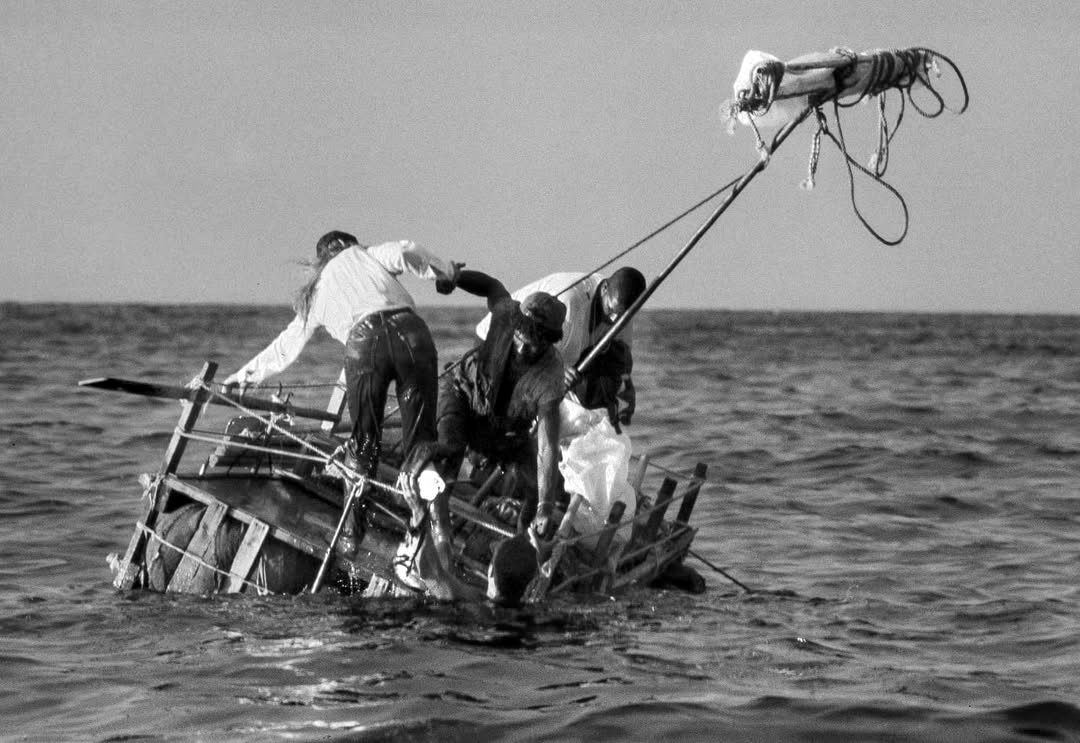
Willy Castellanos, Exodus, 1994. Black and white photograph, 24 x 24 inches. Courtesy of the artist
Shooting with a telephoto lens is to scrutinize the other’s intimacy, to participate in a story to which you have not been invited, or asked to coexist in. Those photographed can’t perceive the photographer, who exists in a fictional dimension of reality, a false proximity that is purely optical. If image reconstructs history, how many of these “interferences” make up the documents that we have of things today? Is photography an instrument of colonization, a way to appropriate intimate space and convert it into editorial material to be consumed and transmitted? I quote a phrase by Mario Bellatin, as an imposition of silence: “Never has so much been seen as when photography disappeared.” At the same time, I see in this photo a myriad of images: Gericault and his “Medusa”, Heyerdahl, the Argonauts… I look through a prism that overlaps that which is distant and that which is close, but also fear at the threat of death and fascination for the epic of those who face it in extreme situations.
Willy Castellanos’ post-documentary practice emerged from questioning the discursive limits of the photographic record he created on the coasts of Havana during the 1994 Rafter’s Crisis. His camera captured complete sequences of events, from the construction of the rafts and farewell rituals to the moment when crowds launched into the sea, marking what many have called the end of the last utopia of the 20th century.
Two decades later, the exhibition Exodus: Alternate Documents (2014) at the Centro Cultural Español Miami reconfigured that archive as a laboratory of expanded narratives. Conceived as a space where artistic installations intertwined with participatory documentary techniques, it incorporated testimonies and photographs from the protagonists themselves—rafters who, now residing in Miami, contributed their own images of departure or life at the Guantánamo Naval Base. Castellanos revisited some of the individuals he had photographed twenty years earlier, filming their present lives and producing installations such as Wet Feet Dry Feet (2014), where fragmented images of the sea resonated with the recorded sounds of departure.
On the thirtieth anniversary of the Rafters’ Exodus, the curatorial concept designed for the 2024 FotoFocus Biennial: Backstories brings forward new pieces, installations, and documents collected in the 2014 edition. Castellanos’ creative exercise assumes the past as an open narrative—one that questions the limits of the documentary image and restructures itself as it absorbs, through time, other testimonial records provided by the rafters themselves. His work resonates with Walter Benjamin’s insight: “History is the subject of a structure whose site is not homogeneous, empty time, but time filled by the presence of the now.” The original 1994 series thus unfolds into a living chronicle, inseparable from the present experiences of those who, from diverse corners of the world, continue to follow the uncertain path of migration.
Curators: Willy Castellanos and Adriana Herrera at Aluna Curatorial Collective
Date: September 25, 2024–December 21, 2024
Venue Details
The Annex Gallery
1310 Pendleton St
The Annex Building
Cincinnati, OH 45202
(513) 407-7077
Wed–Sat Noon–5pm
Free to the Public






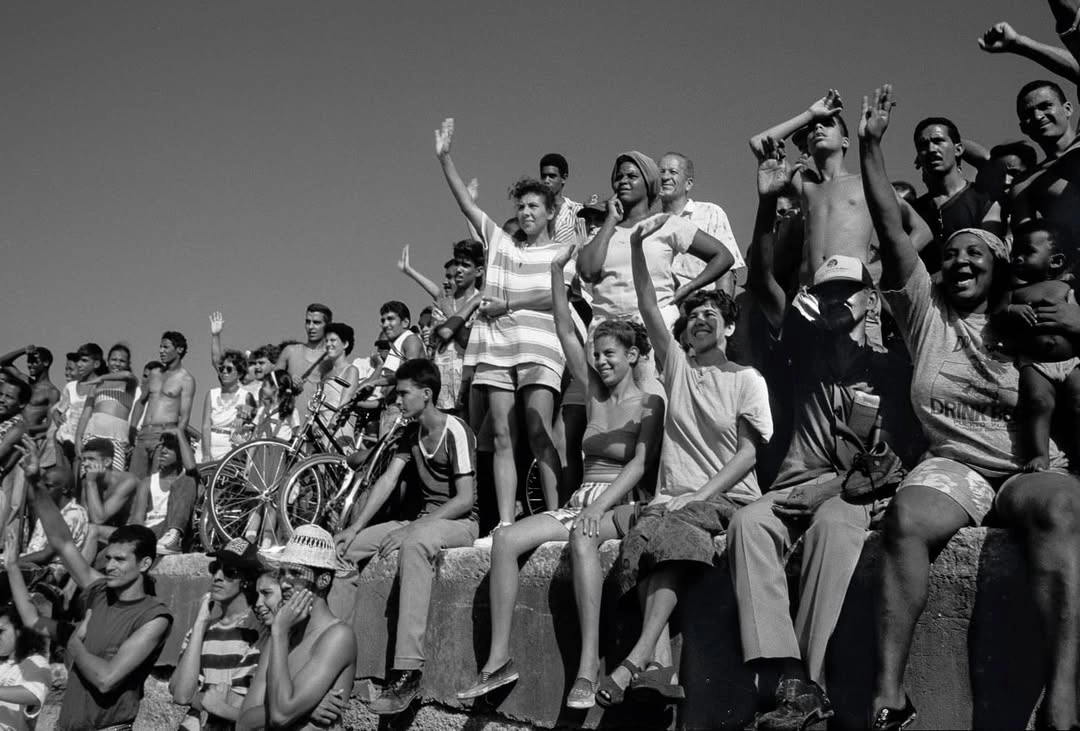
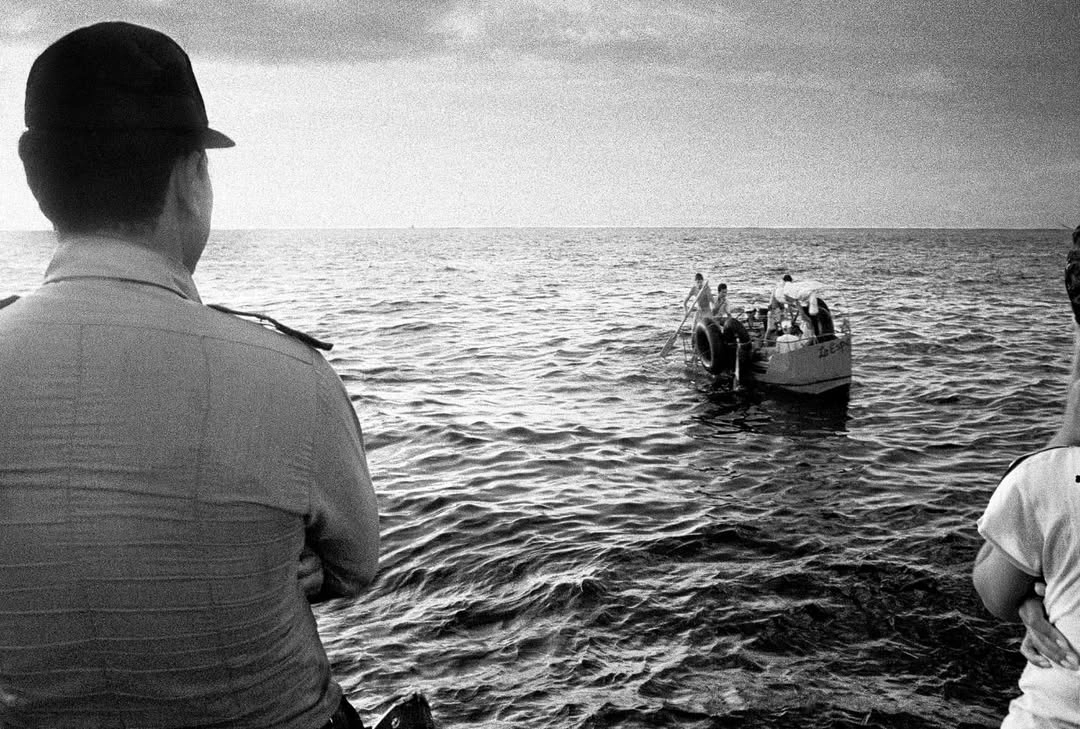
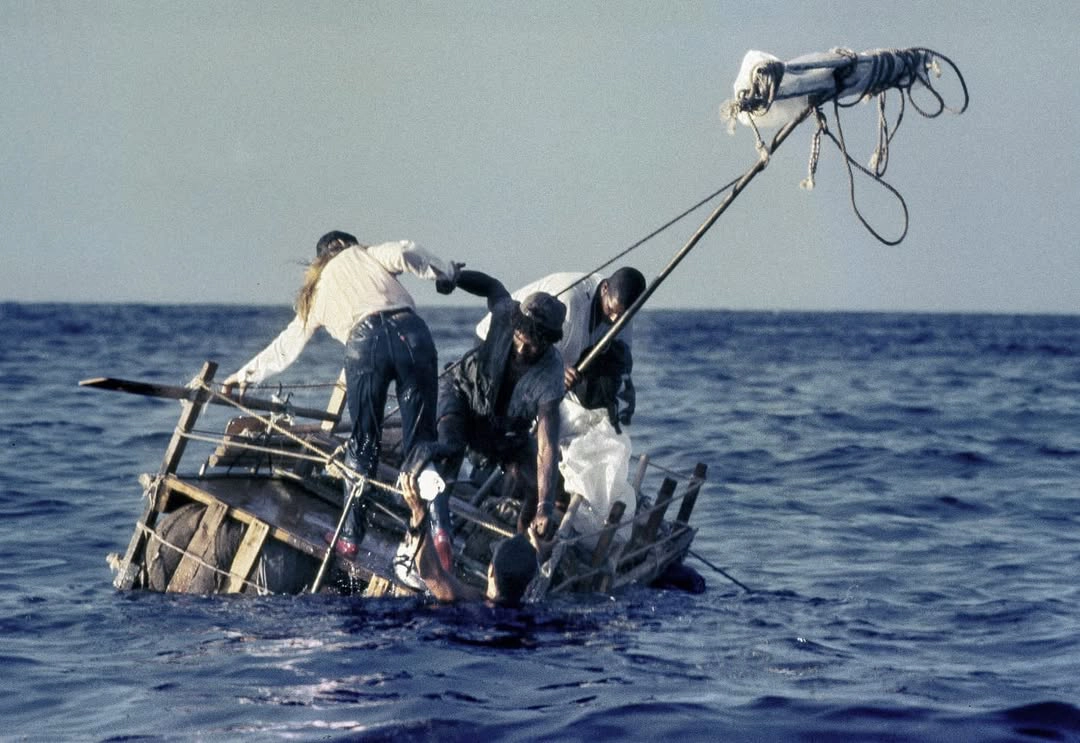
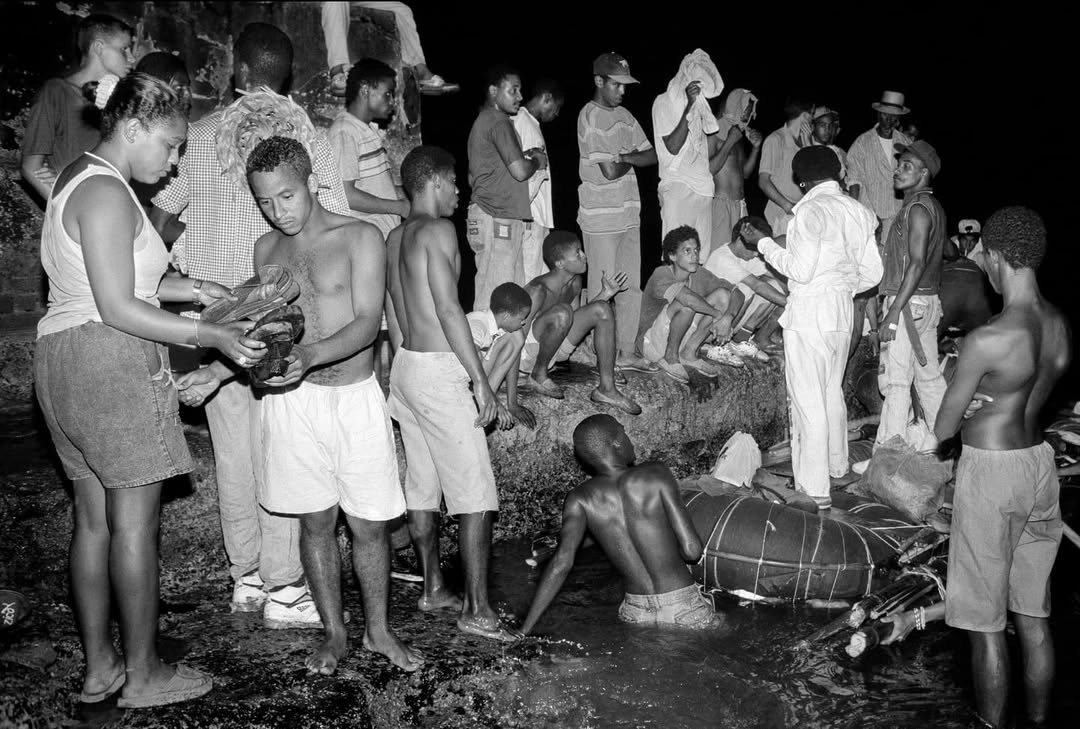
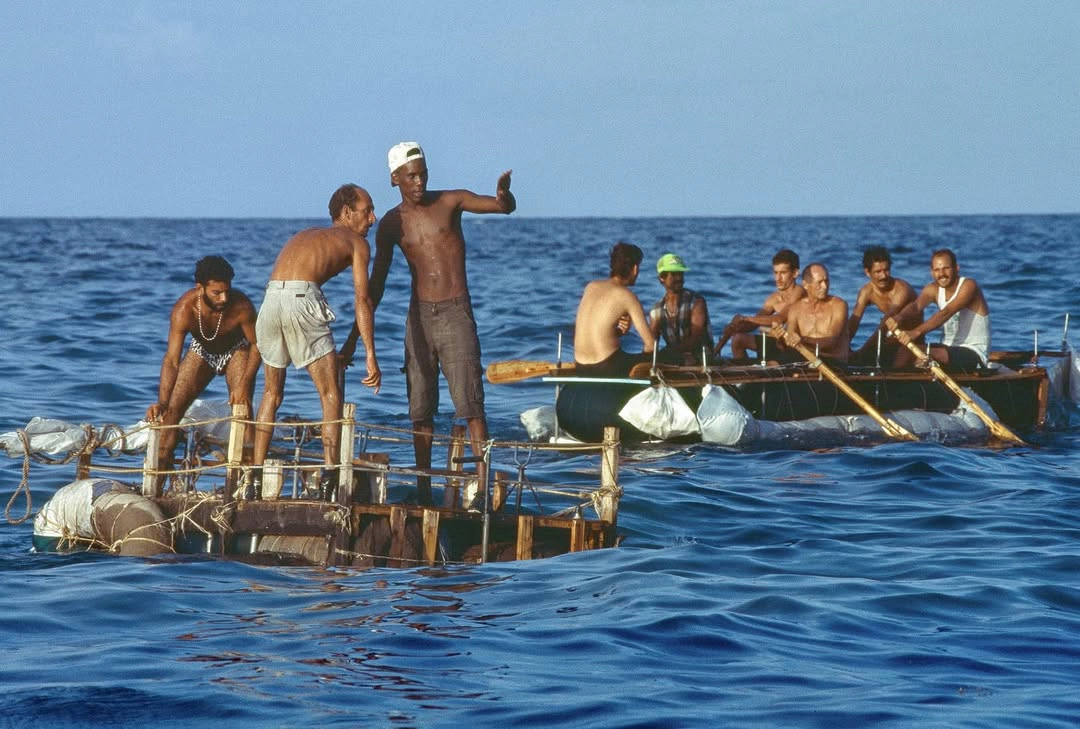
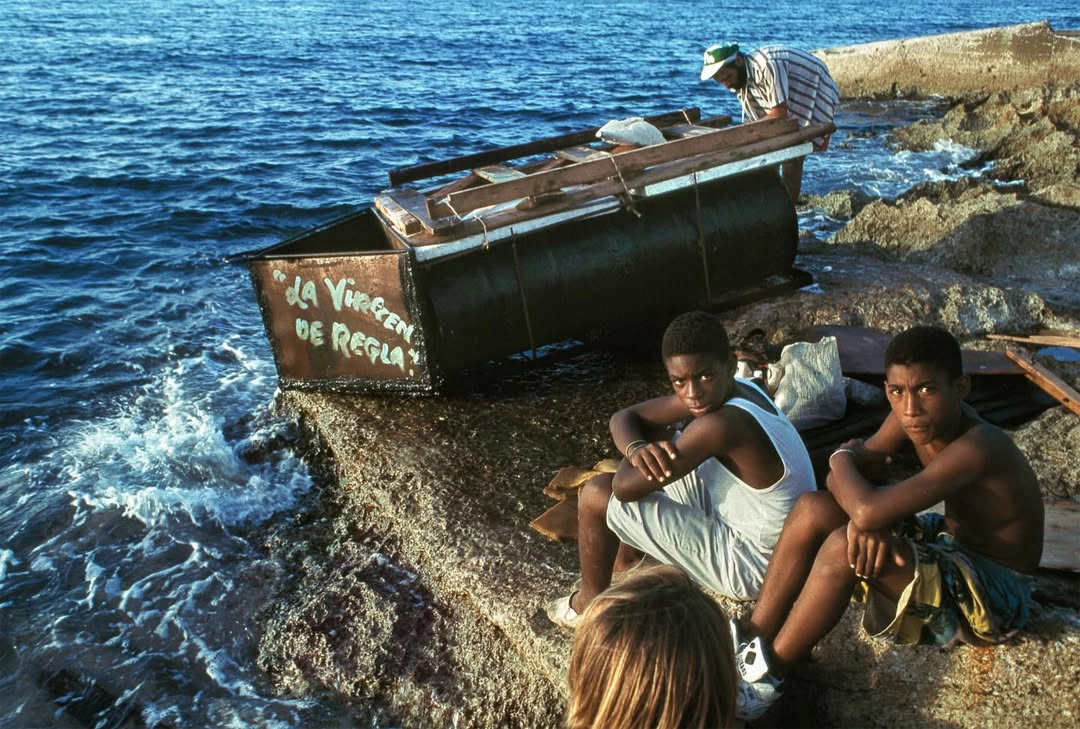
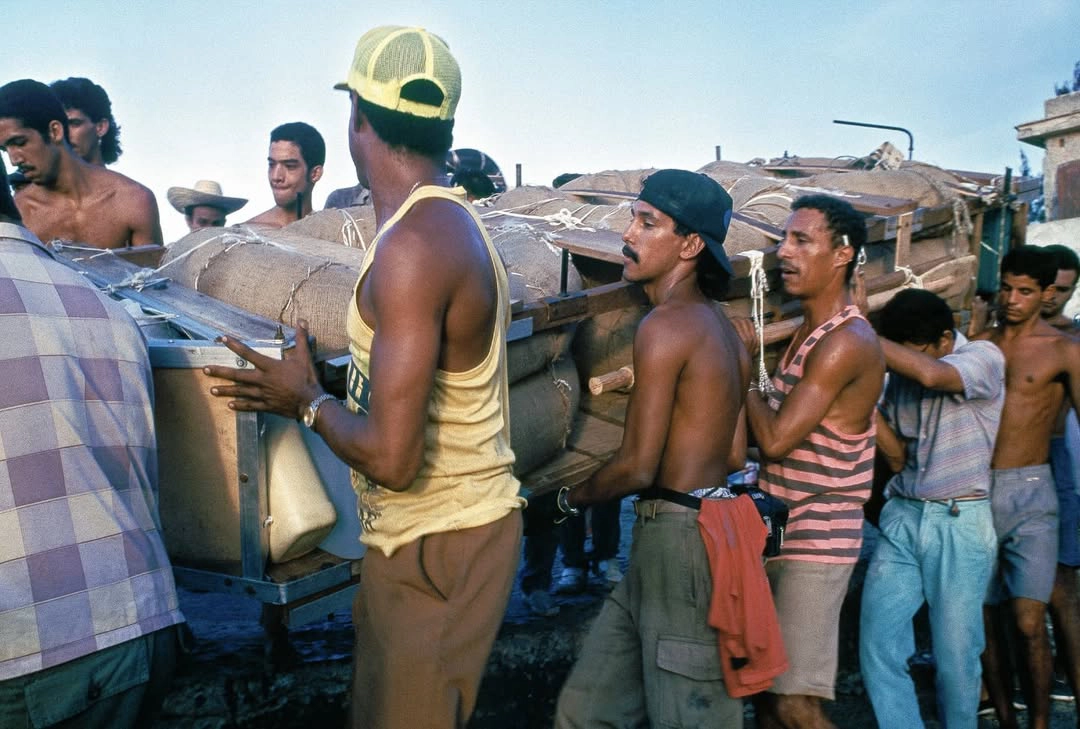
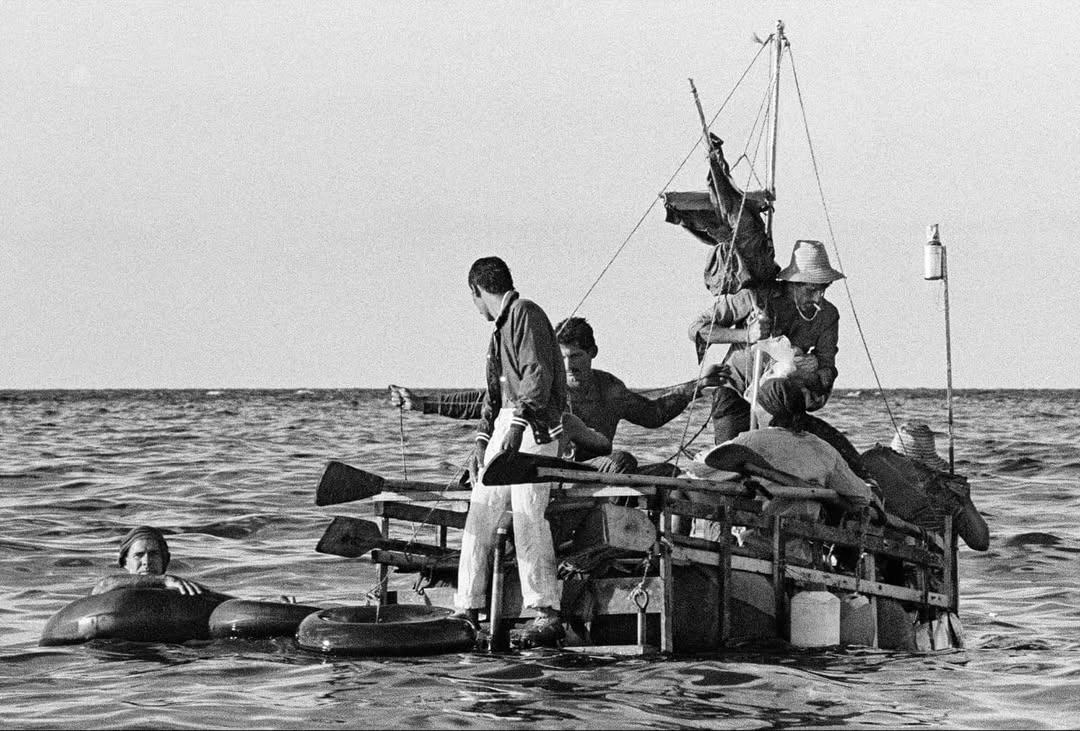




Philately was one of the small devotions of my childhood. I inherited hundreds of stamps from my father. I could never say whether he collected them himself or simply bought them for my brother and me. Among all of them, one in particular held my gaze with disproportionate insistence: a reproduction of The Sleeping Gypsy, the 1897 painting by Henri Rousseau that I finally saw years later at the MoMA.
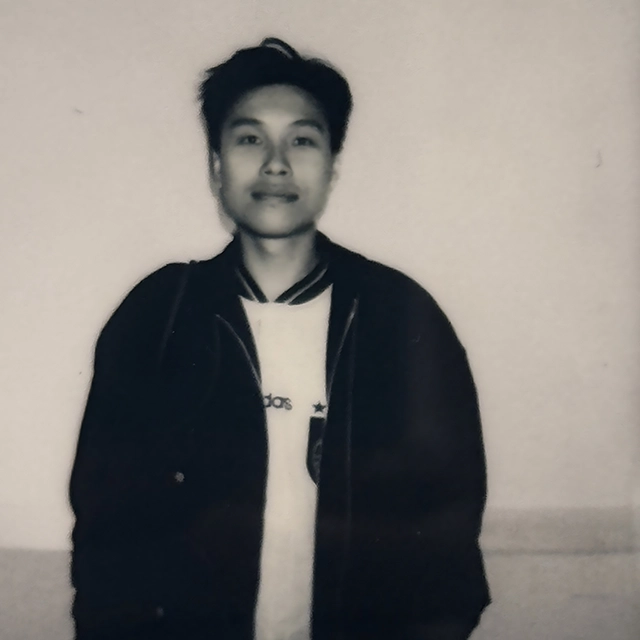
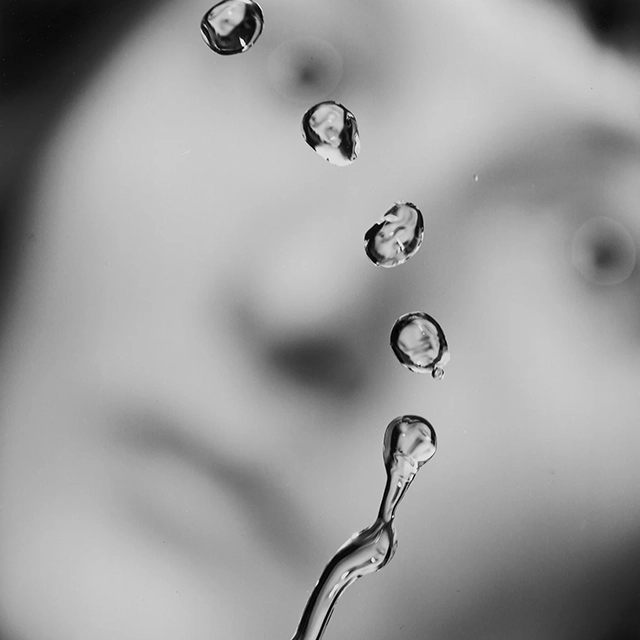
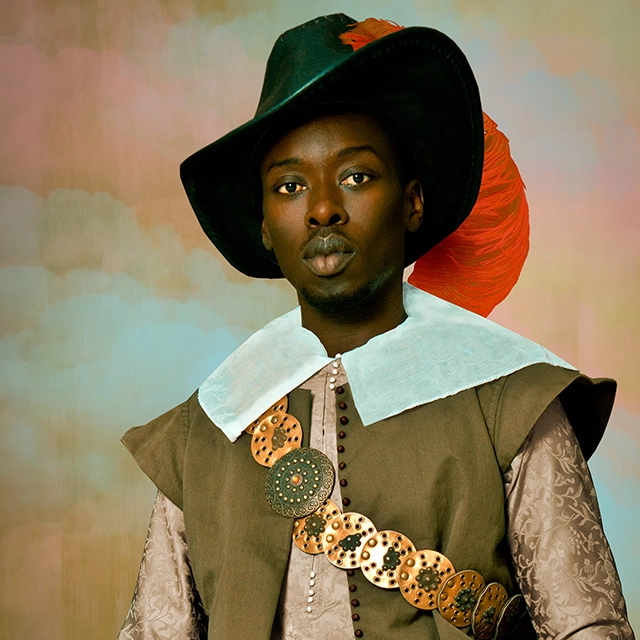
Staged Self-Portraits, Erased Histories and the Recasting of the American Dream

The first solo exhibition of young photographer Mark Duc Nguyen